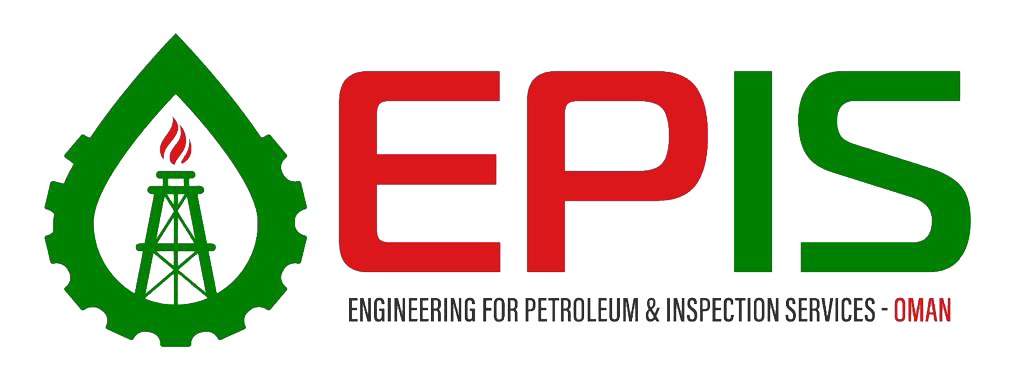Hydro Test
EPIS Pressure Testing is a non-destructive test performed to ensure the integrity of the pressure shell on new pressure equipment, or on previously installed pressure and piping equipment that has undergone an alteration or repair to its boundary(s).
Pressure testing is required by most piping codes to verify that a new, modified, or repaired piping system is capable of safely withstanding its rated pressure and is leak tight. Compliance to piping codes may be mandated by regulatory and enforcement agencies, insurance carriers, or the terms of the contract for the construction of the system. Pressure testing, whether or not legally required, serves the useful purpose of protecting workers and the public.
Pressure testing may also be used to establish a pressure rating for a component or special system for which it is not possible to establish a safe rating by calculation. A prototype of the component or system is subjected to a gradually increasing pressure until measurable yielding first occurs or, alternatively, to the point of rupture. Then by using dating factors specified in the code, or the standard, appropriate to the component or system, it is possible to establish a design pressure rating from the experimental data.
Leak-Testing Methods
There are many different methods for pressure and leak testing in the field. Seven of these are:
Hydrostatic testing, which uses water or another liquid under pressure
Pneumatic or gaseous-fluid testing, which uses air or another gas under pressure
A combination of pneumatic and hydrostatic testing, where low pressure air is first used to detect leaks
Initial service testing, which involves a leakage inspection when the system is first put into operation
Vacuum testing, which uses negative pressure to check for the existence of a leak
Static head testing, which is normally done for drain piping with water left in a standpipe for a set period of time?
Halogen and helium leak detection
HYDROSTATIC LEAK TESTING
Hydrostatic testing is the preferred leak-testing method and perhaps the most often used. The most important reason for this is the relative safety of hydrostatic testing compared to pneumatic testing. Water is a much safer fluid test medium than air because it is nearly incompressible. Therefore, the amount of work required to compress water to a given pressure in a piping system is substantially less than the work required to compress air, or any other gas, to the same pressure. The work of compression is stored in the fluid as a potential energy, which could be released suddenly in the event of a failure during a pressure test.


